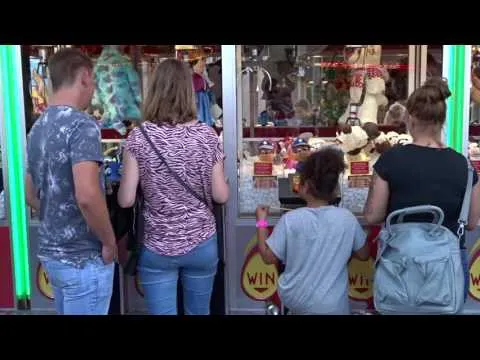I recently travelled to the Netherlands and I visited a traditional Kermis. The sights, smells and sounds were stimulating all my senses, it reminded me of my childhood where I used to visit the Kermis every summer with lots of anticipation. A little bit of history is in order. One of the first instances of the Kermis in The Netherlands dates back to 1023 during the consecration of the St. Maarten Church in Utrecht. The Kermis is still an important part of Dutch culture. Although this type of traveling carnival occurs around the year the summer period is the primary season for Kermis across the Netherlands.
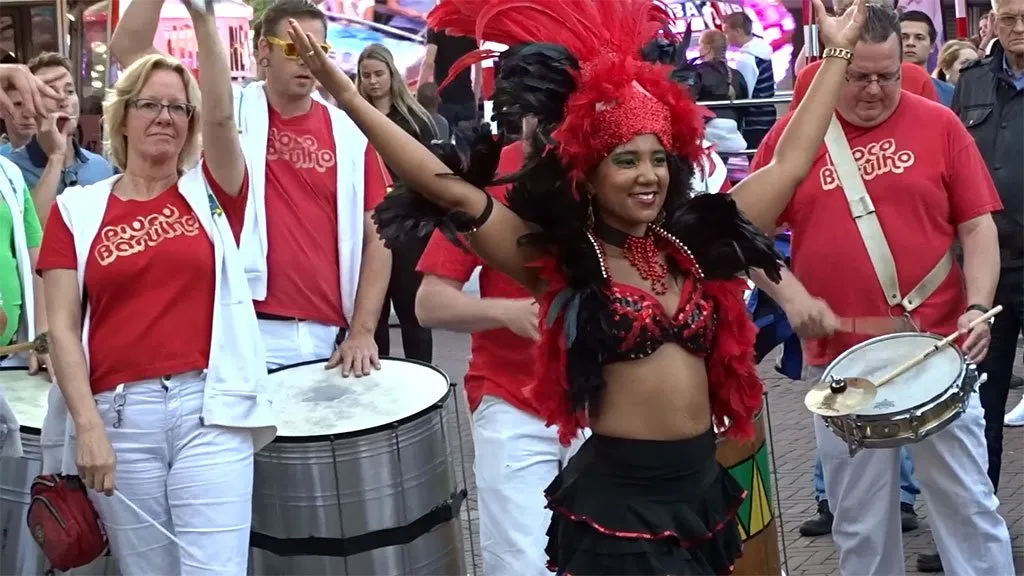
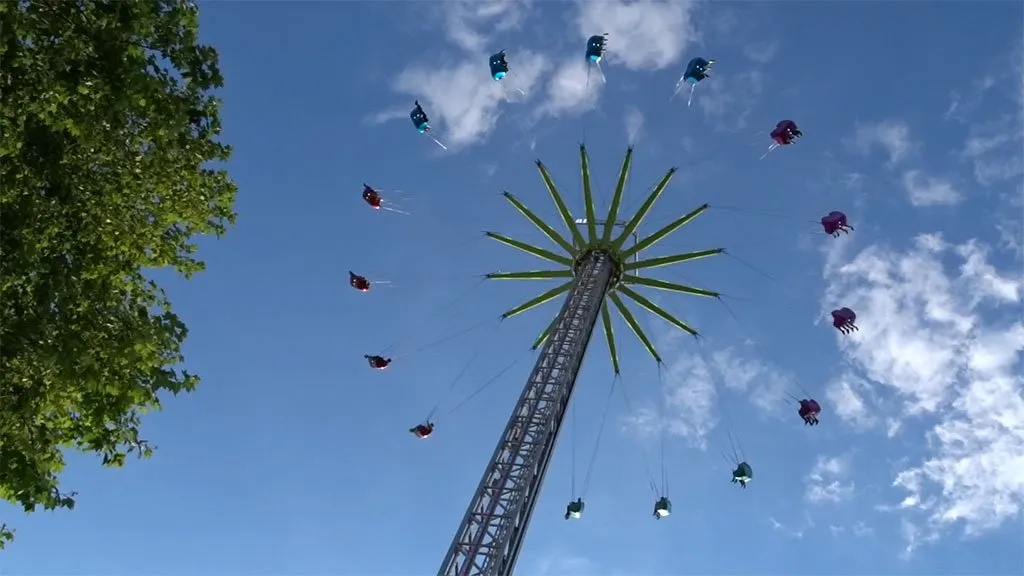
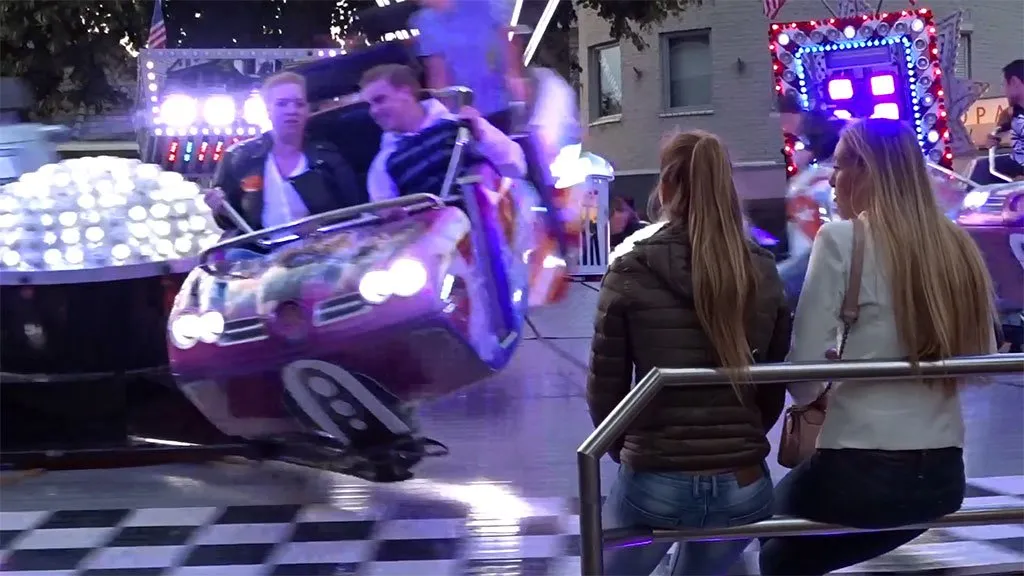
Family Business
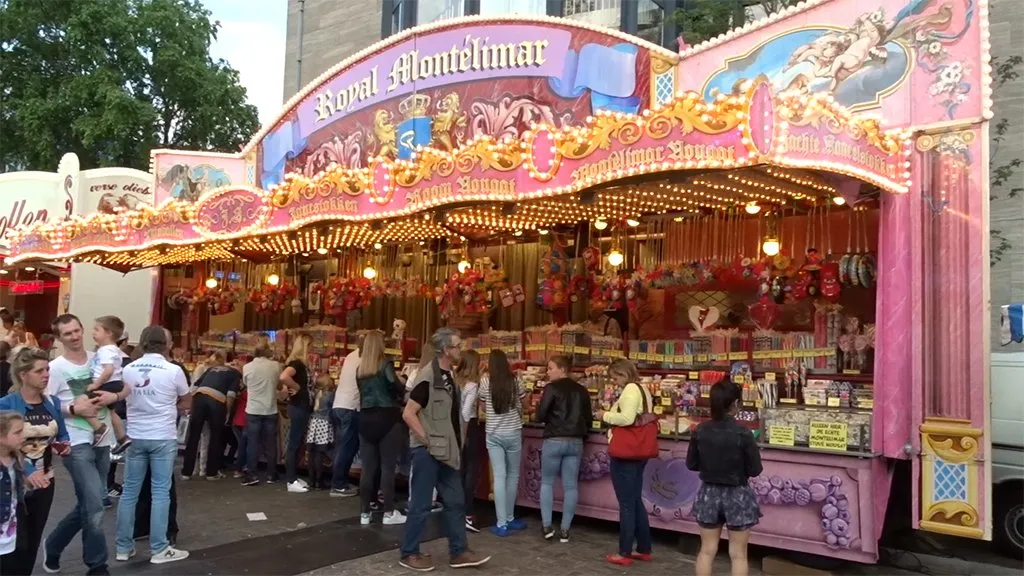
Most operators are family owned, the proprietors pass their attraction onto the next generation. It's a close knit community where marriages between various Kermis personnel are commonplace. The rides change but the merry-go-round (draaimolen), ferris wheel (reuzenrad) and the bumper cars (botsauto's) are typical Kermis fare. And of course the Kermis food, for many Dutch visitors the main attraction of the Kermis.
Kermis Food & Drinks
You will find more snacks than you could ever try during a Kermis visit. Although health food is slowly making its presence on the Kermis it's still the fatty and sugary treats that lure the audience with bright lights and strong fragrances. You will find some international snacks like German Bratwurst and Spanish Churios but the typical Dutch treats remain the most popular.
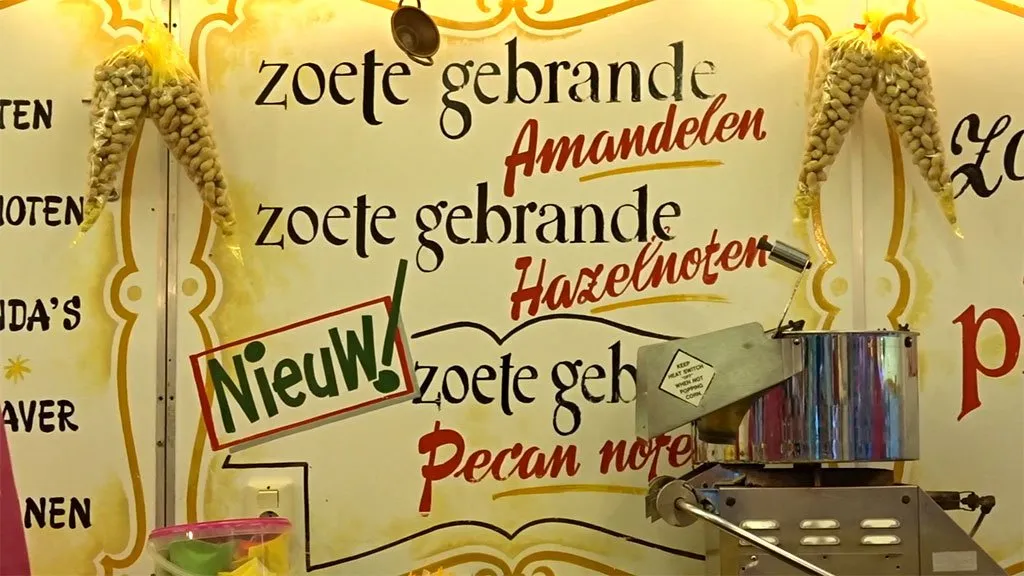
Kermis Oliebollen Kraam
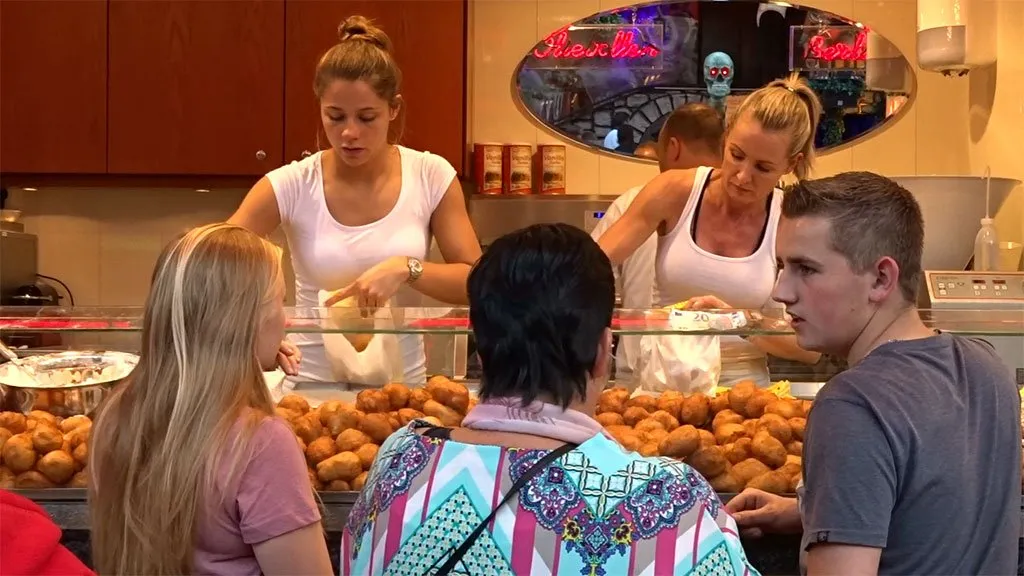
Oliebollen are the predecessor to the American Donuts, introduced to the United States by the Pennsylvania Dutch. These balls are made out of a sticky dough, fried in oil and consumed with powdered sugar. The texture is light and fluffy. There are variations with raisins and other fillings but the standard oliebol remains the most popular. In Belgium they are called “Smoutebollen” and are slightly smaller.
Kermis Poffertjes Restaurant
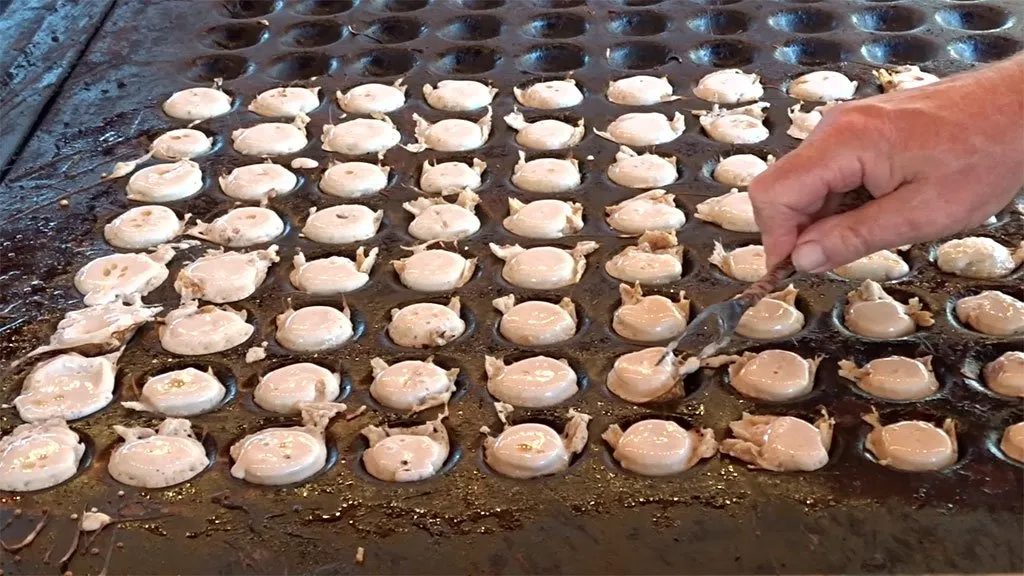
At larger Kermis venues you might encounter a complete Poffertjes Restaurant. Poffertjes are basically small Dutch pancakes, served with a generous amount of powdered sugar and butter. You arteries will not thank you for this Kermis treat, your taste buds will!
Kermis Candy Store
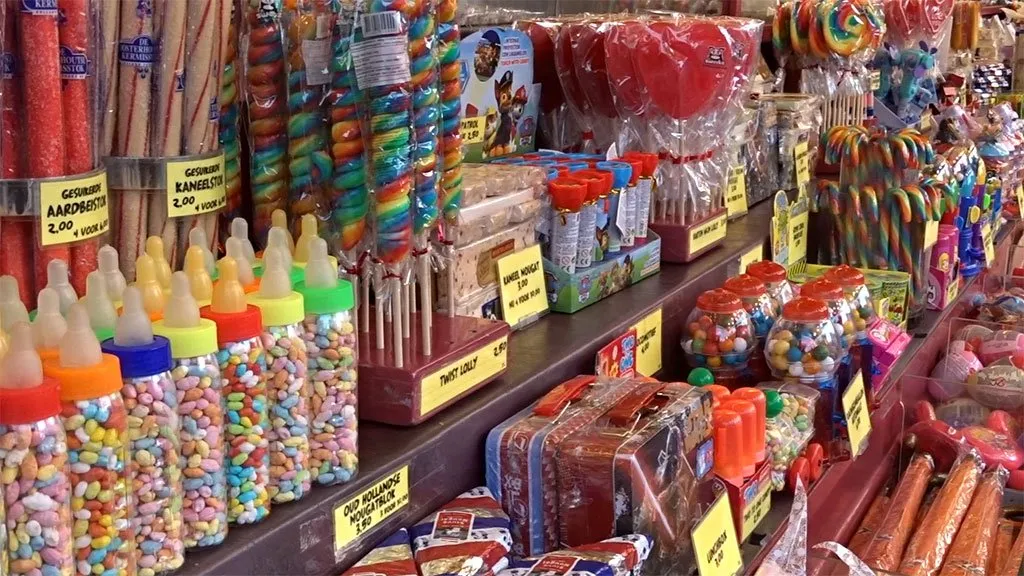
You will always find a candy store at every Kermis, small or large. They have an assortment of candy, sweets, snacks and treats for young and old. Of course the “Snoepkraam” has evolved and offers some modern candy, yet the most popular items are the classics. The pink “zuurstok” and the brown “kaneelstok” with a sweet flavor with a hint of strawberry or cinnamon comes in hard and soft varieties. There are different types of Nougat, the sugar candy with roasted nuts. The Montélimar from France is considered the top of the line. The “wijnballen” or “wine balls” are just hard candy in a ball shape, there's no alcohol in this candy. The “zoethout” is a real traditional and odd type of candy, it's not actually “sweet wood” but the same root that is also used to extract licorice, the favorite dark candy from Holland.
Kermis Fish Store
You can't have a Dutch Kermis without Dutch fish. The “Haring (eel) met uitjes (onions)” is of course the most famous and also infamous Dutch fish. Salted Herring with chopped onions, which should be eaten while dangling from above the mouth, or not at all! The smoked “Paling” is a typical Kermis staple to take home. It's also a luxury treat because Paling is quite expensive.
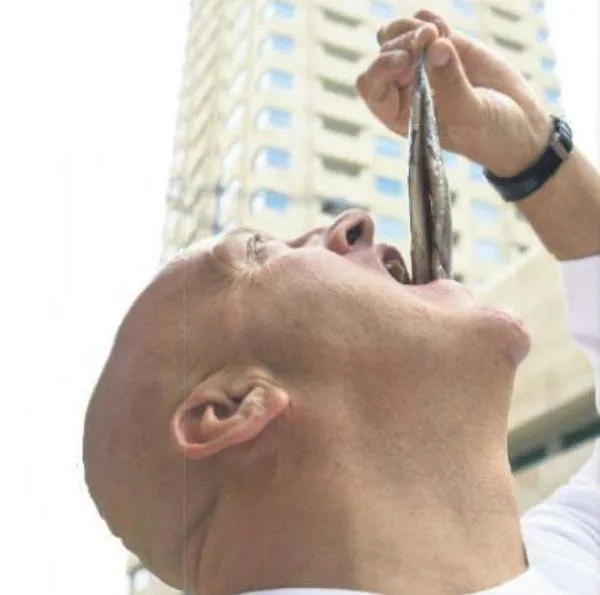
The Kermis is a celebration for young and old with exciting rides and delicious food. Although many nations have these fairs the Dutch Kermis retains a unique style, in part because of the typical Dutch cuisine.
Here is a video to get a better sense of the action
